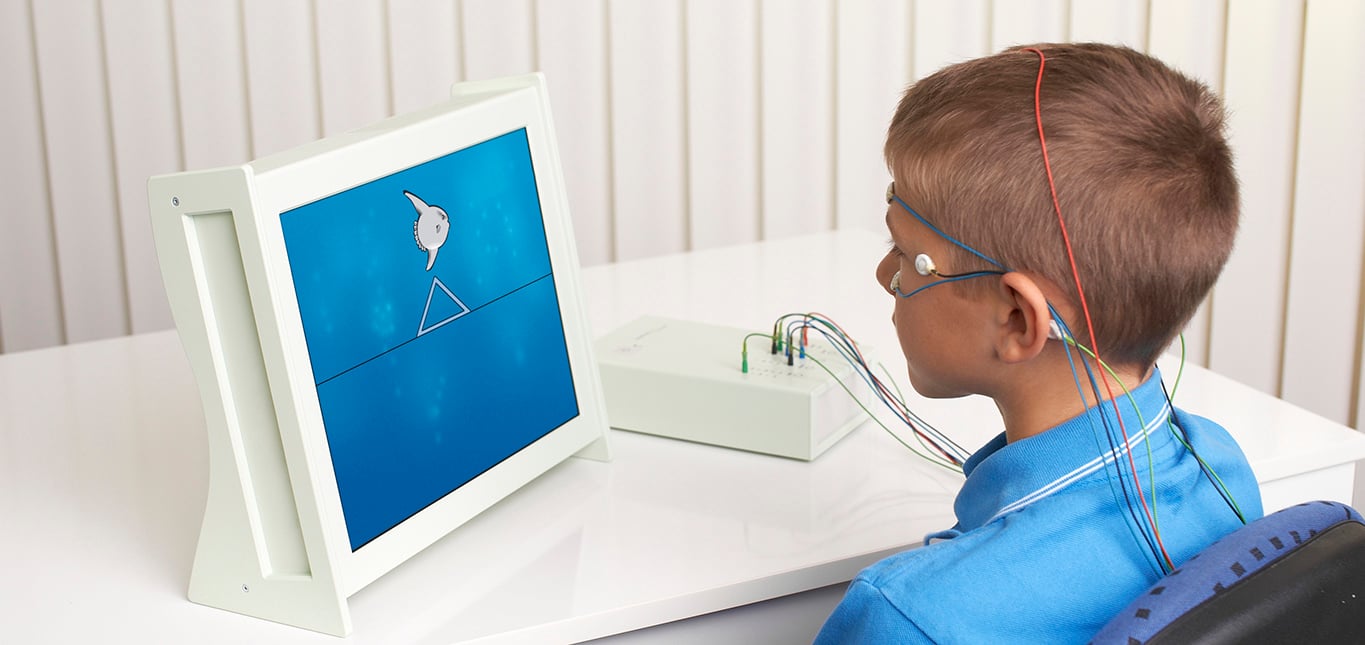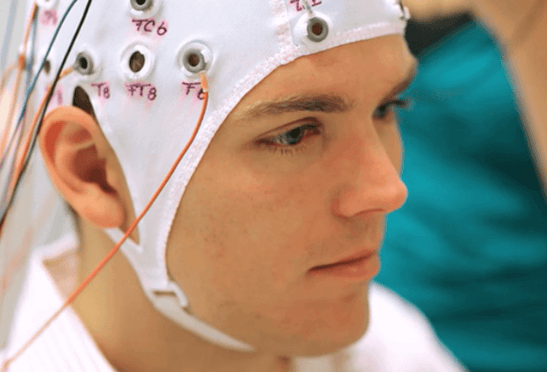The best treatment for ADHD? A combination of good sleep, diet and Neurofeedback brain training, study suggests
Apr 9, 2021 - neurocare group

Research into effective treatments for Attention Deficit / Hyperactivity Disorder (ADHD), have covered varied methodologies over the years and mainstay medication treatments are often not able to provide a long-term treatment success. However, a recent study published in Neuropsychiatric Disease and Treatments suggests multi-modal personalised options, including EEG informed Neurofeedback, as well as diet and sleep hygiene maintenance, may offer better chances for treatment success, as well as being an option for those looking for a medication-free approach.
The paper was written in collaboration with University of Groningen, University of Amsterdam, Research Institute Brainclinics, Maastrich University and the neurocare group in Australia and looked into several studies on various ADHD treatments, which were analysed for remission rates of symptoms. The studies covered research into the use of ADHD medications, the EEG brain training technique Neurofeedback as a standalone therapy, as well as Neurofeedback when combined with other interventions.
The study confirms the effectiveness of Neurofeedback when personalised with a Quantitative EEG assessment, but also demonstrates that results improve when this method is used in combination with parental interventions, psychotherapy, sleep hygiene maintenance as well as nutritional advice.
“It leads to superior results than neurofeedback alone or a medication monotreatment”, says Dr Brown, co-author of the study.
“When it comes to ADHD treatments, the field should accept that there are non-specific factors of all treatments, and the efficacy of innovative approaches like neurofeedback might be further enhanced if we embrace those non-specific factors and personalise them to the ADHD characteristics of the patient we are treating.”
In scientific research, ‘specific factors’ refer to factors that differentiate the treatment from the placebo (control) group, for example, which are shown to be an active cause of change in therapy outcomes. On the other hand, ‘nonspecific factors’ may be found in the placebo (control) group which form a good part of typical therapy in everyday practice.
Neurofeedback is a natural brain training process with sustained effects and minimal to no side-effects, which is particularly attractive for people with ADHD who are looking for a medication-free treatment option. Previous research has shown effects last well into the future and the program can be completed in a short space of time, usually 2 – 3 months. (Neurofeedback is a therapy option offered at neurocare Clinics which operate worldwide in Australia, the US and throughout Europe.)

As part of a personalised model, clinicians using Neurofeedback at neurocare Clinics do not just deliver Neurofeedback as a standalone treatment, but together with sleep hygiene strategies, psychotherapy and other psychoeducation techniques to give patients a higher likelihood of reducing symptoms long-term.
“The study basically supports what we have long-thought to be a better service for ADHD treatment, that is offering a combination of strategies alongside this brain training technique. Neurofeedback is delivered within a therapeutic relationship which allows full use of non-specific effects – so let’s use them to their potential and help ADHD sufferers more. That’s why this paper shows such a large difference between neurofeedback in a controlled study and when it is in the real world. A controlled study takes out any non-specific factors, while those factors are used to advantage in the real world” says Dr Brown.
“Whilst the Neurofeedback brain training is helping the brain to self-regulate and rewire itself to improve concentration, it’s important for the clinician to also give additional strategies for transfer of new skills to daily life. Additionally, improvement in general health through sleep and nutrition will support the neuroplastic effects in neural pathways.” Says Dr Brown.
The research found that the long-term effects of personalised Neurofeedback therapies were better than non-personalised Neurofeedback (i.e. no other psychotherapy, sleep hygiene, nutritional advice).
When Neurofeedback is personalised, the effects were comparable to those of medication as a treatment on its own, however, with medications there are sometimes side-effects, or the initial positive effects wear off over time. The effects of Neurofeedback are shown to be long-term and the research shows that the results are superior and longer-lasting when combined with other strategies.
“The interaction of Neurofeedback with parental interventions, sleep and nutritional advice seem to lead to superior clinical effectiveness relative to Neurofeedback or medications as standalone treatments” says Dr Brown.
Whilst medications have an important role to play and have been a mainstay treatment option for children and adults with ADHD, the research supports the prescription of a multi-modal non-pharmaceutical approach, where there is equal if not better effects, with minimal to no side-effects and better long-term outcomes.
“More and more we are seeing psychiatry and psychology professionals expand their knowledge in EEG, sleep and nutrition to be able to provide more holistic services and advice to patients with ADHD and other disorders” says Dr Brown.
“All this when combined with a personalised Neurofeedback protocol like we do at neurocare, should lead to better outcomes for patients with ADHD when individual symptoms are taken into account.”
What is QEEG-informed/ Personalised Neurofeedback?
Neurofeedback is a well-researched and well-tolerated treatment method, where an EEG (brain activity) signal is recorded and the client is prompted to change their brain activity to more appropriate patterns. Clients attend sessions regularly (at least twice per week) for up to 30 – 40 sessions, in an intensive but short-term program, with proven long-term effects.

Clinical evidence shows individuals with ADHD or ADHD-like symptoms often present with different brain activity, and the underlying cause of symptoms may not be the same in two people. Therefore, in professional clinics, a QEEG brain activity assessment is required before undergoing a therapy program. In the QEEG examination the child or adult wears a cap of electrodes while completing set tasks on a computer. During this time the person’s brain waves are recorded and analysed by an expert team to determine over-active or under-active brain states which may be contributing to symptoms.
The clinicians are then able to determine a type of Neurofeedback protocol which is likely to enhance cortical flexibility or boost and/or inhibit targeted brainwave activity in specific areas.
If you or someone you know is struggling to manage ADHD symptoms, find out more about Neurofeedback here.
If you are a professional looking for training in Neurofeedback, find out more here.
Reference
Pimenta, Brown, Arns & Enriquez-Geppert (2021) “Treatment Efficacy and Clinical Effectiveness of EEG Neurofeedback as a Personalized and Multimodal Treatment in ADHD: A Critical Review”. Neuropsychiatric Disease and Treatment. 2021:17 637 – 648


